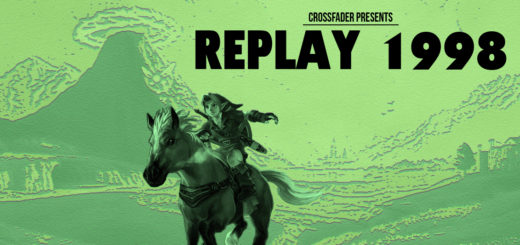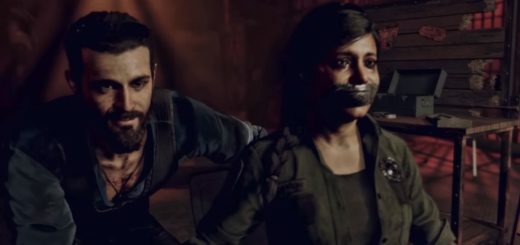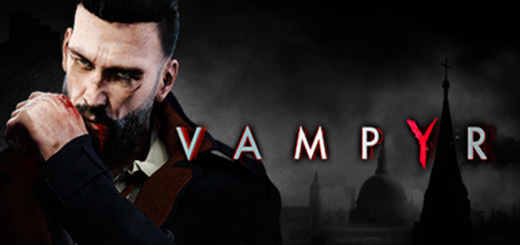The Second Day of Crossmas: Redefining Ambition
In this seasonal series, the good people of Crossfader detail what they want pop culture to get them for Crossmas this year. This time around, it’s…
Redefining Ambition
Before I start, take a second to watch this:
As peculiar as it may seem, this opening level from the PS3 title RESISTANCE 2 left a more indelible impression on my understanding of next-gen than any game that came out in the PS4 era.
It’s odd, I know. RESISTANCE 2 wasn’t without its flaws. The PS3 can be remembered for countless classics, and most gamers wouldn’t place this alternative-reality sci-fi at the top of their list. But if there’s one thing it did right, it was scale. This was a game that knew when things should be big. It relegated much of its campaign to linear corridors, but it always felt larger than life thanks to the enormity of its select set pieces. The core principle I learned from this level was the virtue of developer ambition.
You see, the term “ambitious” has been tossed around the gaming community with little care. Far too often do we define something as ambitious because it is bigger or prettier. But how ambitious is it really if everyone is doing the same thing? Ambition ought to preside in a developer’s dedication to disrupt the status quo. And currently the norm is exactly what we so often mis-identify as ambitious: namely, bigger games. After all, size doesn’t matter. It’s about how you use it.
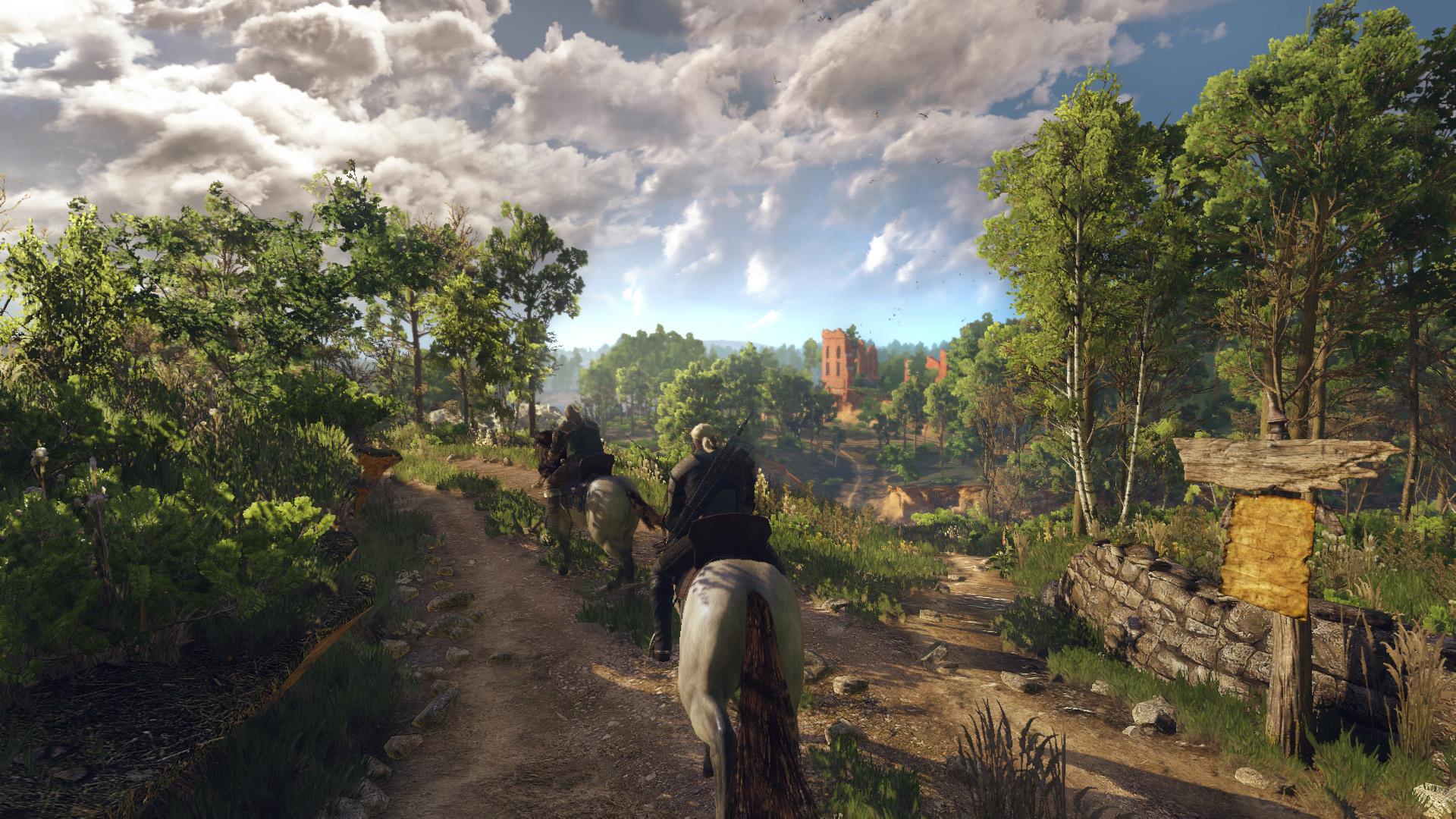
I hope you’re taking notes, Geralt
But what if developers were to tackle game design differently? What if a game wouldn’t boast a massive open world, but rather a lifelike village? What if enemy designs would vary in size like in HALF LIFE 2, and what if their functions would constantly surprise us?
The fact that I can pick up any shooter off a shelf at GameStop and vaguely estimate what my foes will look and act like is proof ambition is dying in gaming. And granted, I understand the psychology here. Few devs can take risks in such a highly competitive industry, but when they do, they create games worth remembering: look no further than the Souls games.
With the launch of the PS4 and the beginning of the eighth generation of gaming, I had a certain set of expectations as to what innovations the new hardware would afford the medium. Frankly, it never came. So allow me to hit the soapbox and explain why my Crossmas wish is for more games to embrace the alternatives to what we define as a “next-gen experience.”
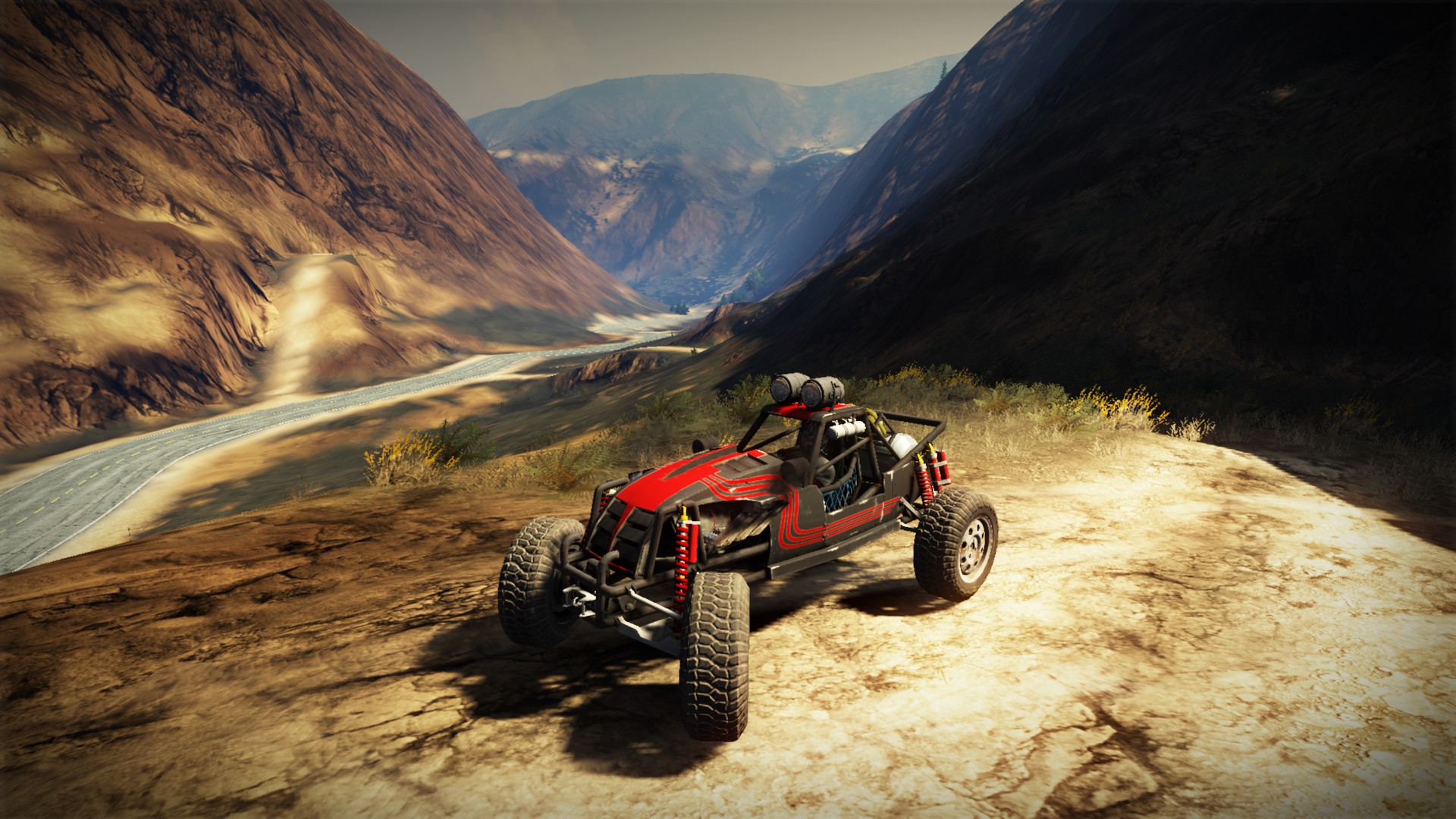
Remember FUEL? Didn’t think so
You see, the advent of everything we define as “next-gen” has lately been relegated to three core principles: larger maps, better graphics, and shorter load times. But what if I were to tell you that we really don’t need these as desperately as we’ve been conditioned to believe? What if, instead of cosmetic upgrades, we would utilize our upgraded hardware to deliver more polished worlds, denser interactivity, a wider variety of character types, and a more unique approach to play? Shouldn’t ambition be measured in the freshness of its content, not simply its quality?
Let’s start by looking at map size. Take THE WITCHER 3, a game frequently dubbed as the “first true next-gen experience,” as a case in point: did we really need a map of such magnitude? It’s nice to have as many quests as that game offers, but not when they are plunked down in an empty tundra, accessible only by HUD markers that your autopilot horse follows. At that point, one might as well be watching a loading screen. As wondrous and fulfilling as a massive open world can be, the Achilles’ heel of next-gen gaming has become its insistence on open-world exploration. Look no further than Ubisoft and their unhealthy obsession with wide terrains.
From Far Cry to Assassin’s Creed to WATCH_DOGS, the biggest Ubisoft franchises encompass a menagerie of scenarios, from pirates in the Caribbean to hackers in the Silicon Valley. Yet all of them follow the same exact template: climb a tower, reveal cookie-cutter side quests on the map, and clear them out until you have to climb another tower. The amount of time and energy developers like Ubisoft commit to making their worlds bigger, rather than more interesting, has become the bane of gaming’s existence.
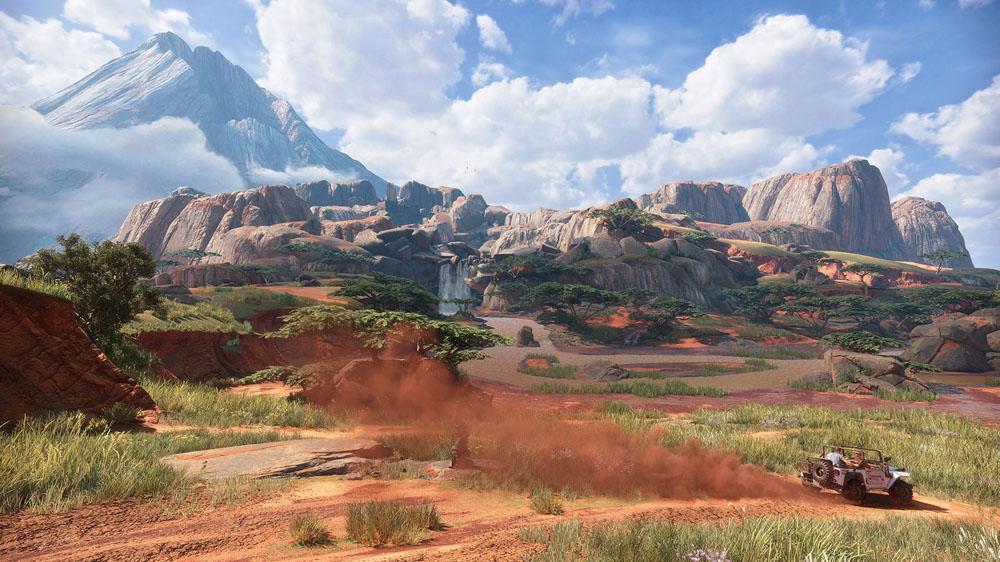
Even Naughty Dog fell for it!
This isn’t to say that my Crossmas wish is for open worlds to die entirely. Instead, I want developers to rethink the way they are designed. What if maps are smaller, but far more interactive? Just take a look at the beautiful attention to detail in DEUS EX: MANKIND DIVIDED‘s Prague! Imagine if Rockstar’s next GTA game is set in a handful of small towns in middle America where every building can be entered (heck, imagine the detail in a new GTA game if the map were the size of BULLY’s)! Instead of taking scale literally, increase it by adding detail, texture, features, and intractability. After all, it’s easier to lose yourself in a cluttered house than a barren wasteland. This additional nuance would allow countless games to overcome the frustrating “ghost town” aesthetic that plagues most open worlds.
But where does this RESISTANCE 2 clip fit in? Well, this brings me to my second set of complaints: enemy size and variety. Quite simply, I never experienced a boss fight of such elegant magnitude on my PS4. There were plenty of these in earlier generations (SHADOW OF THE COLOSSUS, HALF LIFE 2, BINARY DOMAIN, and EARTH DEFENSE FORCE 2017, to name a few), but the latest iteration of consoles has left me in a drought. This (here comes the word) ambition in game design feels dead to me at the moment. Save for scripted events a la CALL OF DUTY: INFINITE WARFARE, we never get to really interact with unique opponents anymore.
The PS4 has been great at delivering a healthy variety of fresh play styles, from the ever growing popularity of the Souls series, to niche indie titles INSIDE and THE WITNESS. But when it comes to scale, everything is relegated to wide arenas. Save for a few anomalies, we are literally being served prettier, bigger versions of the same games we were playing a decade ago. So what if scale were defined differently? What if we had thousands of enemy types on smaller maps? Or what if we only had a few enemies in a game, but each was completely unpredictable in form and attack style? The current predictability of enemies is a large contribution to the decreased difficulty in modern gaming. Rarely do we experience challenges, because most battles are ones we’ve fought (and won) before.
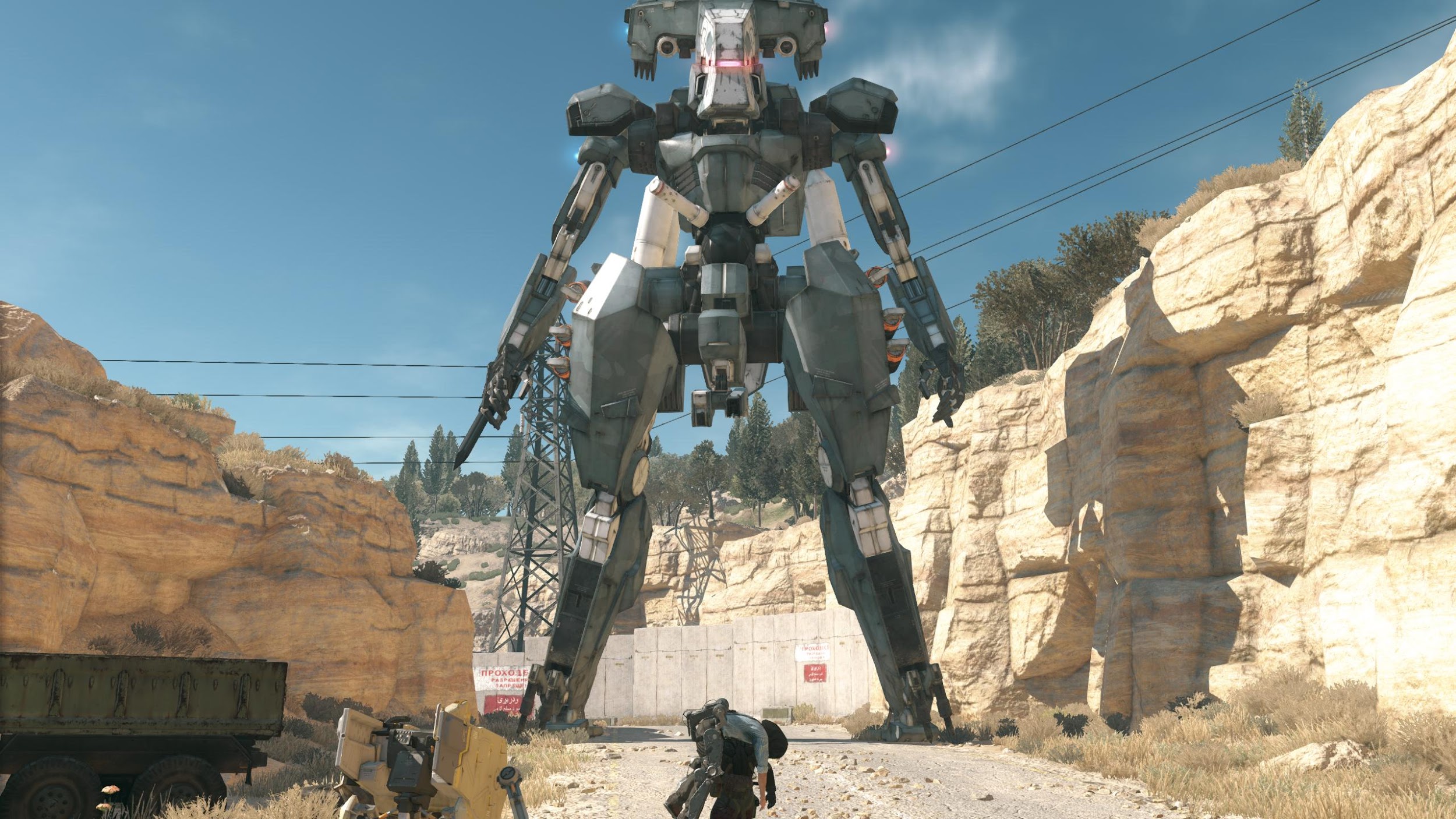
Now THIS, on the other hand…
Back when I played RESISTANCE 2, I was awestruck. Rarely did I have to take down an enemy of such mass, and it riveted me! This was a David-and-Goliath battle, and it set a precedent for a new approach to shooter design: my enemy does not need to be the same size as me. And it seems like a no-brainer. Platformers have been doing this forever, and flight-simulators have often dealt with similar notions.
But why can’t shooters do the same? Can’t Call of Duty let me fight 100 foot robots? Can’t EA give us a Star Wars game with a fully modeled AT-AT interior? I mean, come on, let me blow that sucker up from the inside out! It frustrates me to no end that the biggest enemies in recent gaming are BATTLEFIELD 1‘s lifeless blimps, and TITANFALL’s big-but-not-huge titans (DARK SOULS notwithstanding). THE EVIL WITHIN’s awesome garage battle against a rampaging monster is perhaps the best recent iteration of the large enemy, but even that game is decidedly last-gen.
Pretty fuckin’ great
As absurd as the game’s title is, HORIZON: ZERO DAWN does boast an amazing sense of wonder when it comes to defeating large opponents. But where this game seems to perfectly understand the perks of titanic, unique foes, it’s map could also easily fall into the trap of being far too big for its own good.
Variety in enemy design is a pressing issue in gaming, just as important as map size and graphical prowess. Shooters suffer from a particularly stale roster of grunts, snipers, and heavies, almost to the point of parody. RPGs (I hesitate to use the term since almost every game these days has a leveling system of some kind) prioritize width over depth. Think how much better SKYRIM could have looked if it would have kept its map as small as OBLIVION? I mean, did anyone even visit Falkreath?
The fact is, the scourge of scale applies across the board, from shooters to RPGs. In a climate where the three most important advances in gaming are faster load times, prettier graphics, and bigger maps, I exclaim, “Reduce map sizes, increase the level of detail, and challenge yourselves with enemy designs!” All I want for Crossmas is a healthier balance, because only then will our games be worth remembering! Challenge yourselves devs. Think outside the box. Value the variables of your medium. Approach games with ambition!

